Mouraria, Lisbon
mouraria, lisbon
Mouraria is a historic district located in the city centre of Lisbon, on the northwest slope of São Jorge Castle Hill, and covering the new parishes of Arroios, São Vicente and Santa Maria Maior. In the last twenty years, the identity of Mouraria’s tangible and intangible heritage has changed and evolved at the speed of sociocultural, physical, economic and global changes. From 2000, the effects of a neoliberal and globalised market economy attracted a super-diverse immigrated community that includes fifty-one different nationalities with the consequent juxtaposition of multicultural discourses. Together with an important urban requalification programme during 2009-13, the neighbourhood witnessed an increase of touristic lodging, and aggressive international real estate investments, with clear touristification and gentrification processes. Since 2020, with the Covid-19 pandemic, the global mobility paradigm, which attracted foreign visitors in transit, stops radically, and the neighborhood becomes a desert of social immobility and isolation provoking the weakening of the already fragile associative structures in the neighbourhood.
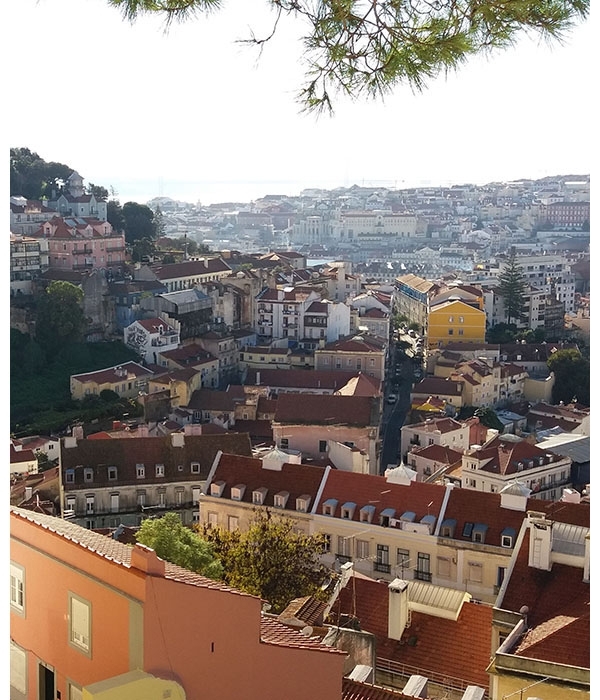
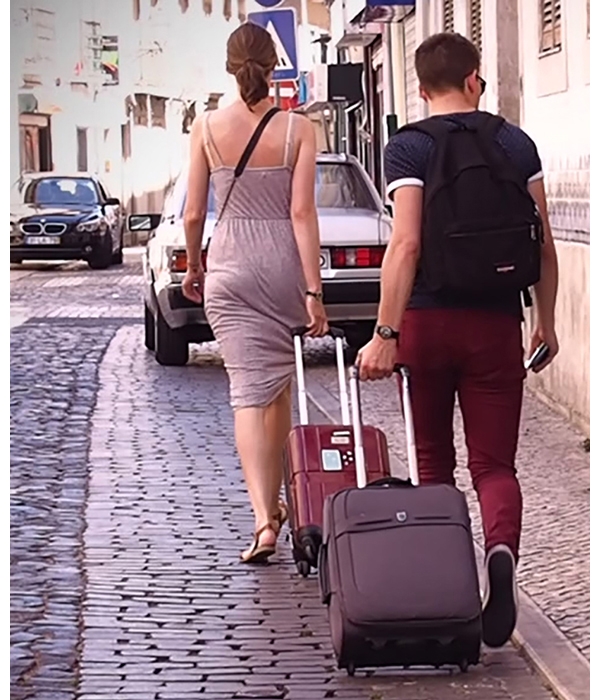
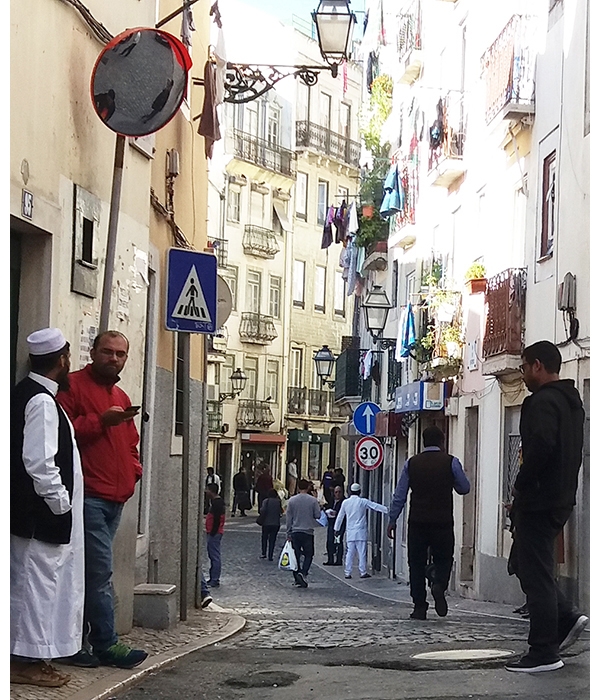
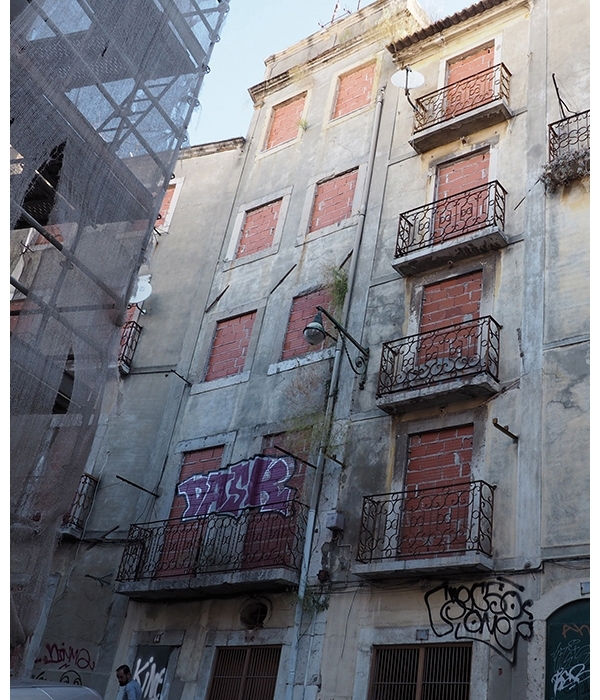
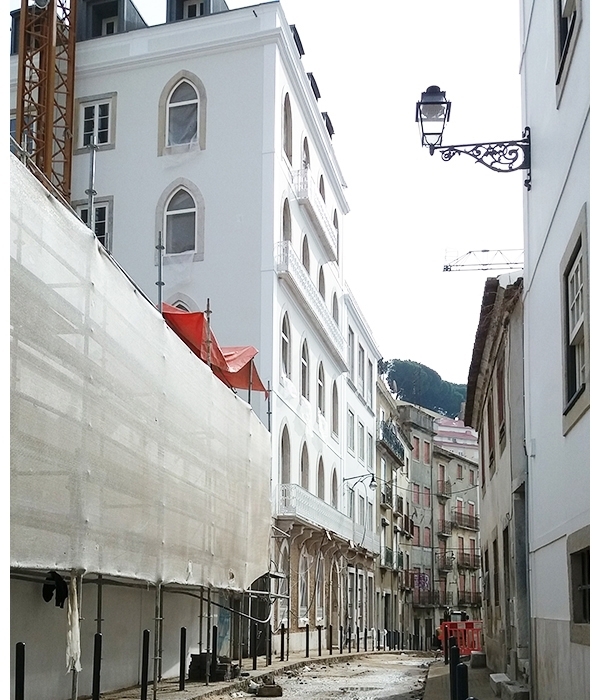
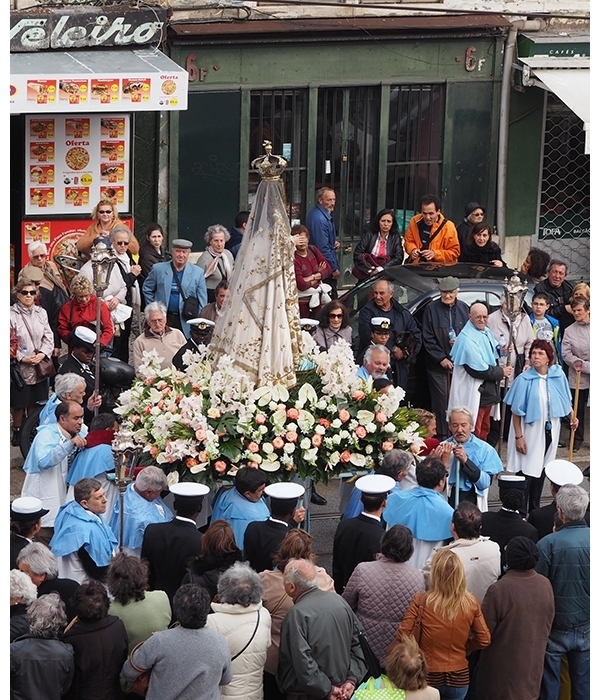
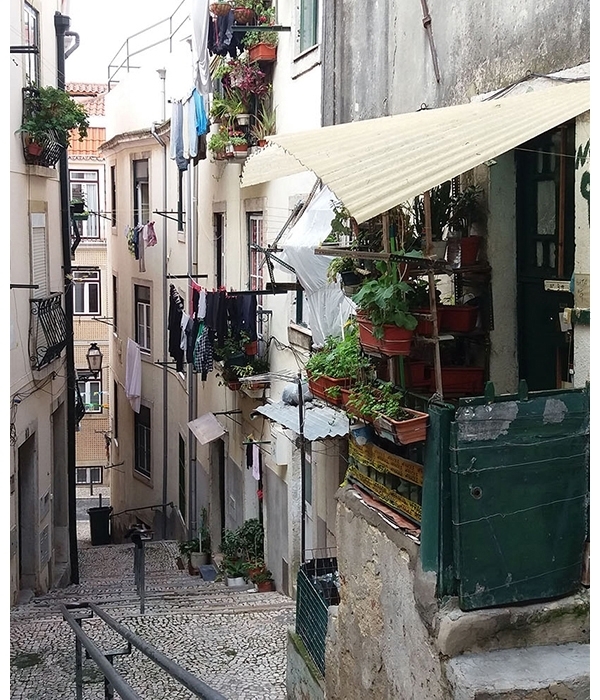
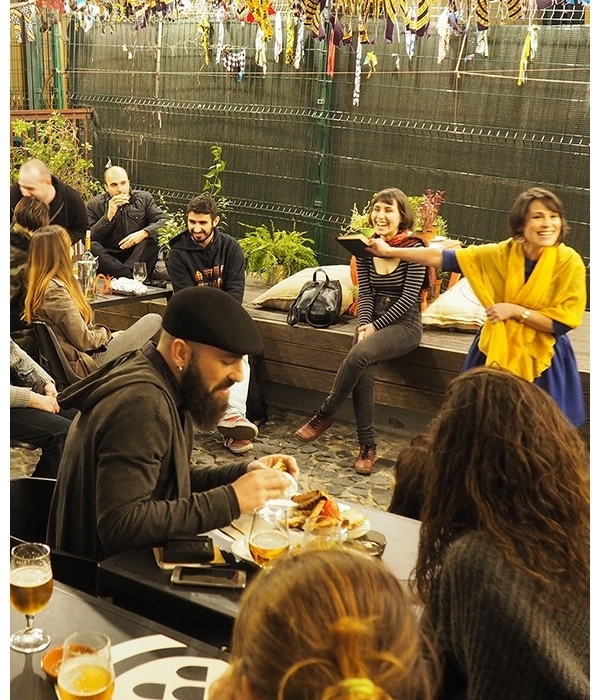
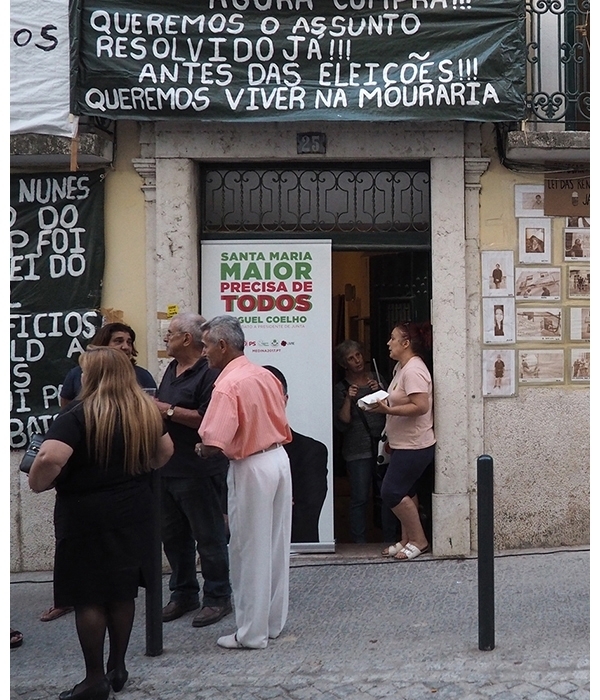
The Portuguese case study of Mouraria’s neighbourhood in Lisbon, was carried out from October 2015 to July 2019. The research starts in a historical moment of consolidation of a strategic urban requalification program for this historical area and the ongoing development of Municipal public policies. Within a cosmopolitan and multicultural environment and lively and dynamic socio-cultural associative structures, the study of the identity of this historic urban landscape becomes a study of the processes of socio-cultural cohabitation, interaction, and constant transformation of the nature of the urban space based on mechanisms of coexistence, consensus, exchange and communication of its residents, visitors, associative and public actors. Places change and their communities also evolve, transform and adapt to the new times, changing cultural meanings, heritage values, landscape perceptions, individual and collective imaginaries, and specific representations of space.
The researcher lived in the neighbourhood, in an immersive experience during these four years, to study patterns of appropriation of space, the versatility and mutability of spatio-temporal processes and space evolution; proceed to the characterization of the material and immaterial heritage, extending the study to the qualitative aspects of perception of the urban space, inquiring about heritage values as mental and emotional phenomena. Communities, residents and visitors participate and co-create this urban landscape. Its identity is defined by the exchange of sensory experiences, performative interactions and patterns of experience, feelings and affects in the spatio-temporal relations themselves. We observe that this body-place performative dialogue intensifies with the initiatives of local neighbouring associations . These community associations play a relevant role in the processes of identity reformulation, reinvention and artistic creation, where the somatic nature of the urban landscape has great relevance in processes of landscape heritage construction.
